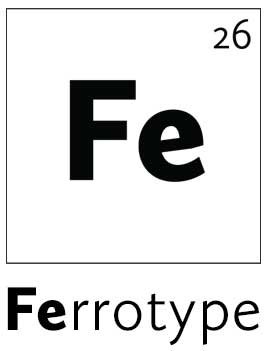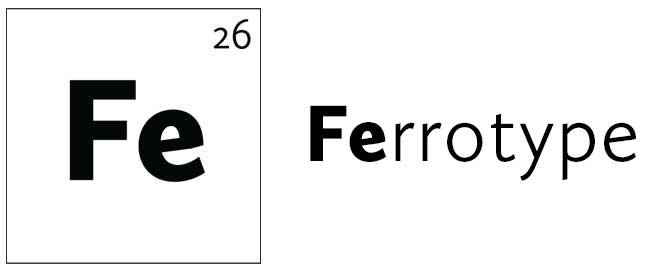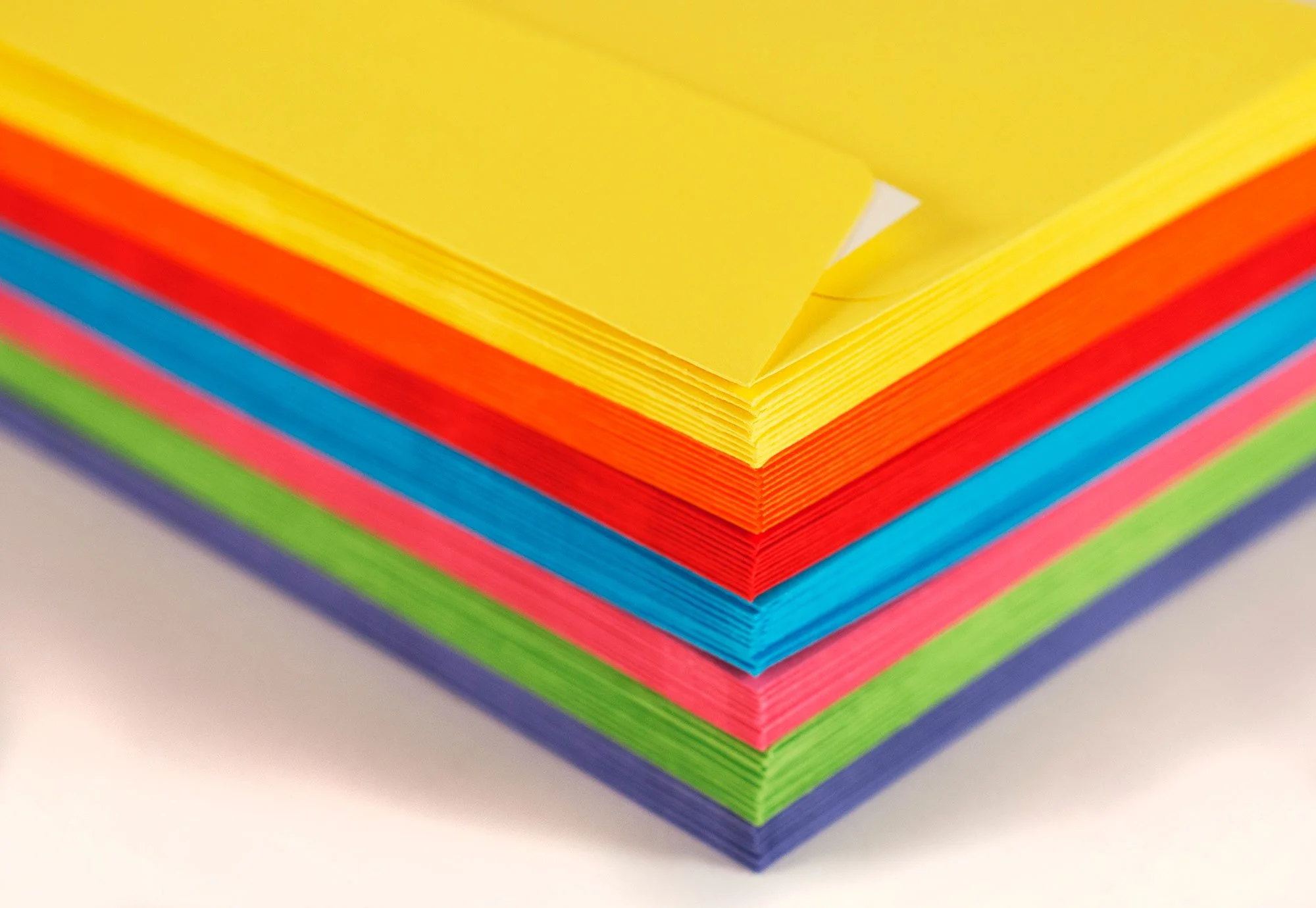Q&A: What Are The Different Paper & Envelope Sizes?
This article was originally posted on www.nanosphere.co.uk and has been reposted here following the closure of that site
If you are confused by the terminology, and don’t quite get the difference between A5 and C5, then this simple paper and envelope size guide will hopefully explain everything.
An explanation of standard envelope sizes from A0 t0 C10
What do the A and the C mean?
So to be clear, there are many (many!) different paper and envelope sizes, and there is far from one universal standard across the world. Just look at the difference between Europe and the US. As with so many things, we have different and incompatible systems. So this is a guide to the most common of all systems, the A paper and C envelope measurements.
Envelopes and paper have their own measurement system and at first it can seem a little baffling. It is actually quite simple, although I’ll admit it doesn’t help itself to make it easy!
Remember – A stands for paper and C stands for envelopes. Easy, right?
Starting with paper, the A series has its origins as far back as the 18th century, but that is just a historical diversion here. A0 is actually 1 sqm. Yes, very metric. A1 is a sheet of A0 folded in half. A2 is half of A1 and so on down the line. The system allows for paper to be folded in half and yet retain its proportions.
Envelope sizes are listed under the prefix of ‘C’. Why remains a mystery but it really doesn’t matter. All you need to know is that envelopes are defined by a ‘C’ size and this corresponds to an equivalent ‘A’ paper size. The C size is a bit larger to accommodate the inserted paper.
So that means that a flat sheet of A4 paper will require a C4 envelope if you don’t want to fold it. An A5 sheet will require a C5 envelope, and so on down to A10 paper into a C10 envelope.
See, quite simple. For most day to day purposes, you can limit yourself to A3 to A6, as that will cover almost all your needs.
A paper sizes:
A0: 841 x 1189 mm (33.1 x 46.8 in)
A1: 594 x 841 mm (23.4 x 33.1 in)
A2: 420 x 594 mm (16.5 x 23.4 in)
A3: 297 x 420 mm (11.7 x 16.5 in)
A4: 210 x 297 mm (8.3 x 11.7 in)
A5: 148 x 210 mm (5.8 x 8.3 in)
A6: 105 x 148 mm (4.1 x 5.8 in)
A7: 74 x 105 mm (2.9 x 4.1 in)
A8: 52 x 74 mm (2 x 2.9 in)
A9: 37 x 52 mm (1.5 x 2 in)
A10: 26 x 37 mm (1 x 1.5 in)
C envelope sizes:
C0: 917 x 1297 mm (36.1 x 51.5 in)
C1: 648 x 917 mm (25.5 x 36.1 in)
C2: 458 x 648 mm (18.0 x 25.5 in)
C3: 324 x 458 mm (12.8 x 18.0 in)
C4: 229 x 324 mm (9.0 x 12.8 in)
C5: 162 x 229 mm (6.4 x 9.0 in)
C6: 114 x 162 mm (4.5 x 6.4 in)
C7: 81 x 114 mm (3.2 x 4.5 in)
C8: 57 x 81 mm (2.2 x 3.2 in)
C9: 40 x 57 mm (1.6 x 2.2 in)
C10: 28 x 40 mm (1.1 x 1.6 in)
An honourable mention should go to the DL envelope. If you’re not familiar with this size it is the standard letter-box format envelope, and it is designed to take a sheet of A4 paper folded in three.
Sizes are:
DL: 110 x 220 mm (4.3 x 8.7 in)
DL+: 114 x 229 mm (4.5 x 9.0 in)


